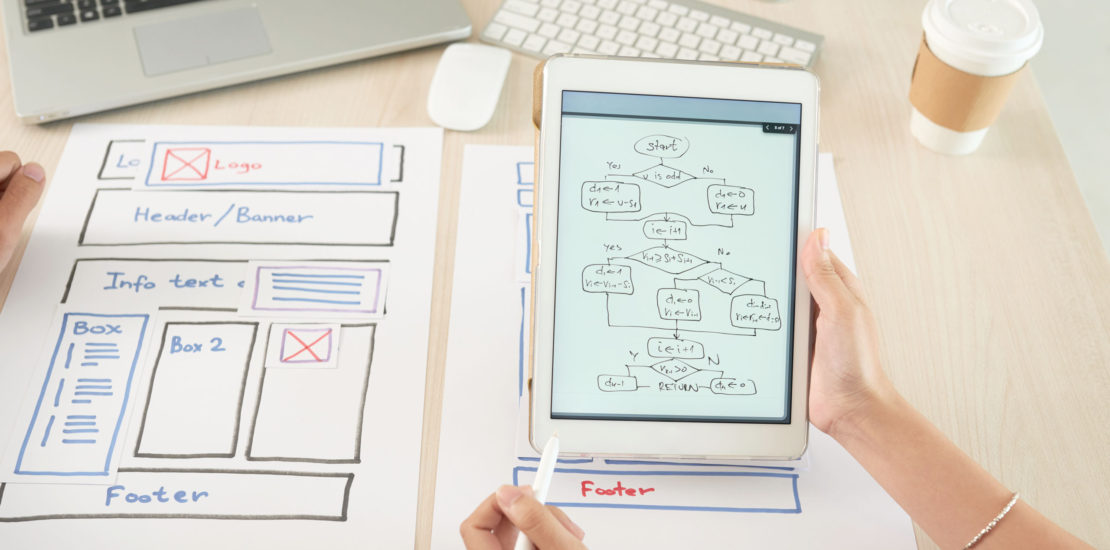difference between intranets and extranets portals
- October 22, 2020
- Posted by: admin
- Categories: digital marketing, ecommerce, software development, uncategorized

by 2020, the number of businesses transitioning to remote work would have skyrocketed. as a result, companies are turning to intranets and extranets to organize employee communication as well as collaboration with consumers and partners.
what is intranet?
an intranet, according to gartner, uses internet-like techniques but is only accessible by a company’s employees. intranets provide tools for managing internal correspondence and teamwork, as well as projects and tasks. employees can, for example, keep track of the latest project developments and relevant business news on an intranet.
key features of intranet portal:
- knowledge control for employees. employees may make changes to their profiles, which include both personal and work-related information (e.g., a name, an address, and contacts) (e.g., a position, a department, qualifications).
- management of material. intranets enable users to create, change, and publish various digital content in addition to serving as a repository of information (e.g., documents, news, guides, policies).
- management of projects and tasks. an intranet can be used by project teams to keep track of project and task progress, deadlines, relevant documents and discussions, and more.
- collaboration and communication among employees. intranets provide department and team sites for successful mission, assignment, and document collaboration, as well as networking resources (e.g., instant messaging and video conferencing)
advantages of intranet:
- an intranet allows project teams to develop, change, and inform their members about task updates. project managers may also keep tabs on the project’s progress and evaluate the team’s efficiency.
- using a single digital workspace saves time and effort that would otherwise be spent flipping between different tools (e.g., email, video conferencing apps, etc.).
what is extranet?
extranets serve as a link between businesses and their suppliers, clients, business partners, and other third parties. they assist in involving external parties in internal business processes, such as streamlining procurement operations and enabling a real-time supply chain.
key features of extranet portal:
- collaboration with other people. bid management, vendor evaluation and acceptance workflows, and other features are included (for vendor portals).
- customer communication and self-service are also essential. customers may submit service requests and monitor their progress, look up answers to their questions about your product or service in a knowledge base, and discuss their thoughts on your brand through a discussion board.
advantages of extranet:
- since it provides granular access control, multifactor authentication, data encryption at rest and in transit, audit trail, and other security measures, an extranet is a more safe way to share data than, say, email.
- you can see any step taken, say, during order fulfillment, using an extranet.

